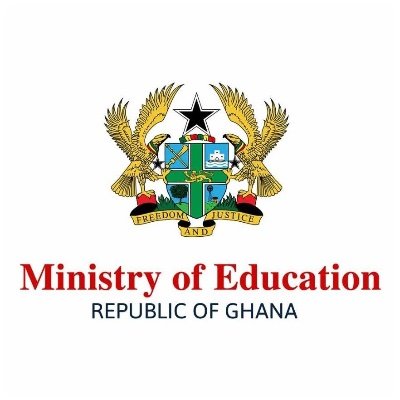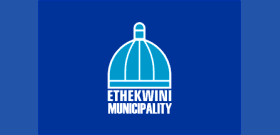Namibia Health Scare: Contaminated Water Strikes School Children
A major health scare has shaken Namibia after an investigation revealed that contaminated water at a school hostel was a central factor in a mass illness incident affecting nearly 125 learners at Maria Mwengere Senior Secondary School in the Kavango East Region. The suspected food poisoning, which occurred on August 31, prompted a swift response from the Ministry of Education, Arts and Culture, leading to the formation of a high-level investigative committee.
The committee comprising ministry officials from both national and regional offices — uncovered alarming irregularities in the school’s water supply. Students and staff reported that the hostel’s drinking water had a bitter taste and a bleach-like odor. Shockingly, the chief hostel matron reportedly suffered dizziness after consuming it.
Unsafe Chlorine Levels Detected
While NamWater, Namibia’s national water utility, initially stated that chlorine levels at its main treatment plant were within acceptable limits, further tests on the school’s onsite water tank revealed dangerously high chlorine concentrations of 2.2mg/L.
This discrepancy raised concerns about possible contamination or over-chlorination occurring downstream. Investigators noted that NamWater staff failed to issue a formal warning to school management, resulting in students continuing to consume the unsafe water. The same water source also serves the Kayengona community, amplifying the public health implications of the incident.
As more students fell ill, local police intervened, collecting a vomit sample from one of the affected learners for laboratory testing. Results from that analysis are still pending.
Investigation Exposes Poor Hygiene and Food Safety Failures
Beyond the contaminated water, the inquiry identified a series of secondary risk factors that exacerbated the outbreak. These included:
Lapses in kitchen hygiene, with staff not adhering to food safety protocols.
Absence of protective clothing for workers during food preparation.
Malfunctioning cold storage equipment, which increased the risk of food spoilage.
Inspectors also observed visible discoloration in the hostel’s water, confirming it was unfit for human consumption. Following this discovery, the contaminated tank was immediately drained and decommissioned.
Urgent Recommendations to Prevent Future Outbreaks
The Ministry’s report issued a set of urgent directives aimed at protecting students and restoring safe living conditions. Key recommendations include:
Replacing the existing hostel tank with two 10,000-litre emergency water tanks.
Overhauling damaged kitchen infrastructure to meet hygiene and safety standards.
Hiring certified food safety specialists to establish strict operational protocols and ongoing sanitation monitoring.
The Kavango East Regional Education Directorate has been tasked with overseeing the implementation of these measures to prevent a recurrence of such a crisis.
This incident has reignited public debate on water safety and infrastructure maintenance in Namibia’s educational institutions, underscoring the urgent need for stronger inter-agency coordination between the Ministry of Education, NamWater, and local health authorities.
You may also like...
Rooney Blasts 'Crisis Mode' Liverpool: Champions Lacking Leadership and Salah's Form a Major Concern

Defending Premier League champions Liverpool are in a worrying slump, having lost four consecutive matches. Former Engla...
Real Madrid Stuns Barcelona with Clasico Masterclass; Mbappe, Bellingham Shine

Europe's top football leagues delivered a weekend of high drama, featuring Real Madrid's controversial El Clásico victor...
Daily Show Drama: Jon Stewart's Battle for Creative Freedom Amid Paramount-Skydance Merger

Jon Stewart revealed at the New Yorker Festival that he is actively seeking to extend his contract at “The Daily Show” d...
Hemsworth Breaks Silence: The Weight of Replacing Cavill in Witcher Season 4

Liam Hemsworth will debut as Geralt of Rivia in The Witcher Season 4 this Fall, replacing Henry Cavill. Hemsworth shared...
Mzoe 7's 'Fela Kuti' Spectacle: Zimbabwean Artist Redefines Music & Drama!

Mzoe 7's recent one-man show at the Bulawayo Theatre has redefined performance standards, captivating audiences with a m...
Zimbabwean Duo Bantu & Dr. Chaii Seize Apple Music's Isgubhu Spotlight!

Award-winning Zimbabwean artists Bantu and Dr. Chaii are the latest Apple Music Isgubhu cover stars, celebrated for thei...
Caroline Flack Tragedy: Mother's Heartbreak Over Texts Found on Lewis Burton's Phone

Caroline Flack's mother, Christine, is heartbroken by newly resurfaced questions surrounding texts found on Lewis Burton...
Strictly's Claudia Winkleman's Daughter: A Decade On From Horrific Halloween Accident

After 12 years, Claudia Winkleman is stepping down from Strictly Come Dancing to prioritize her family, including her da...



